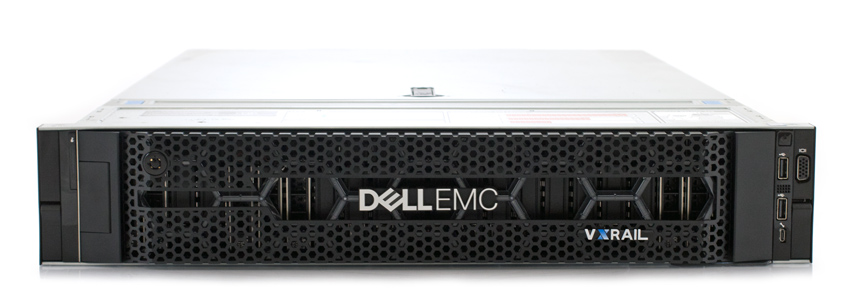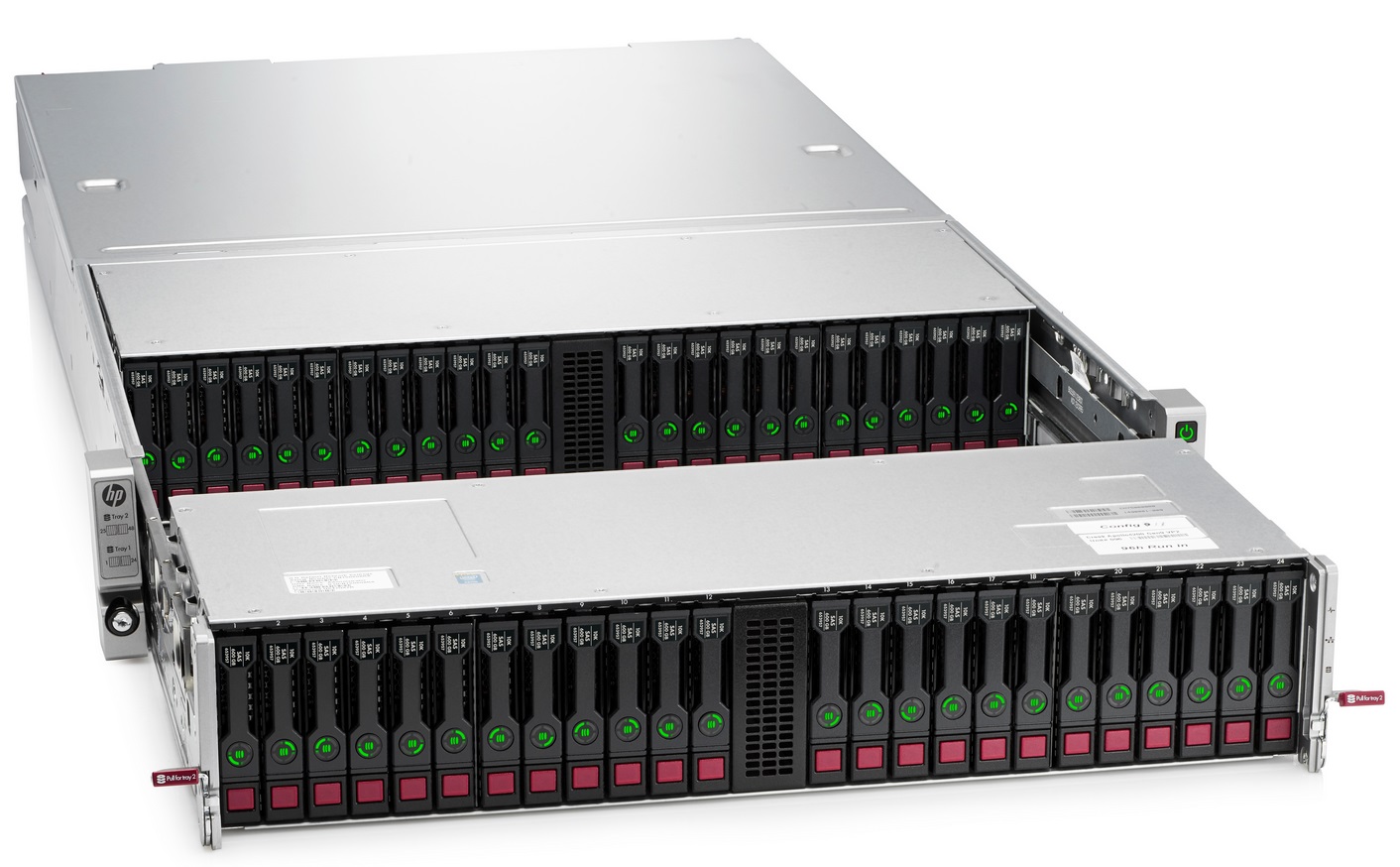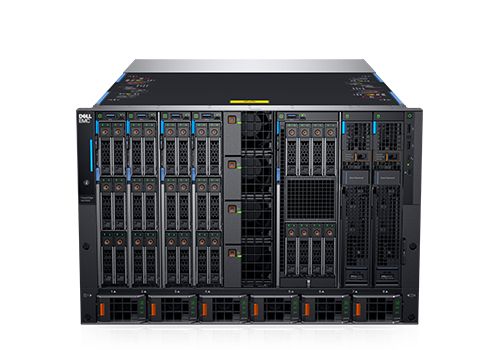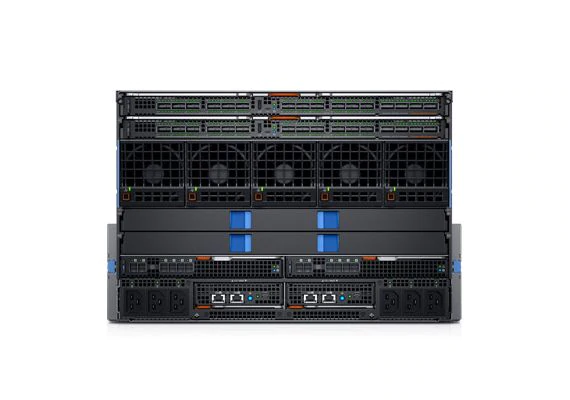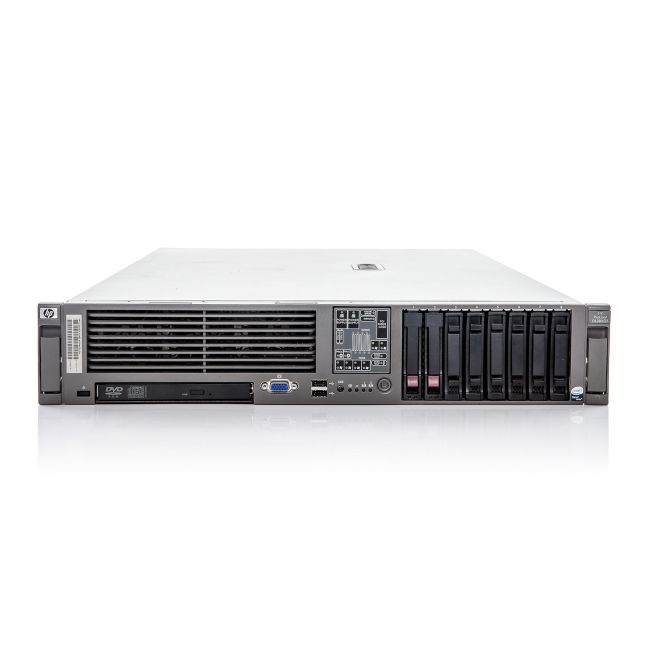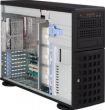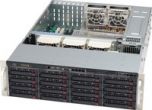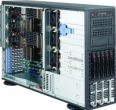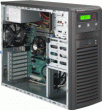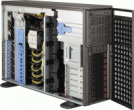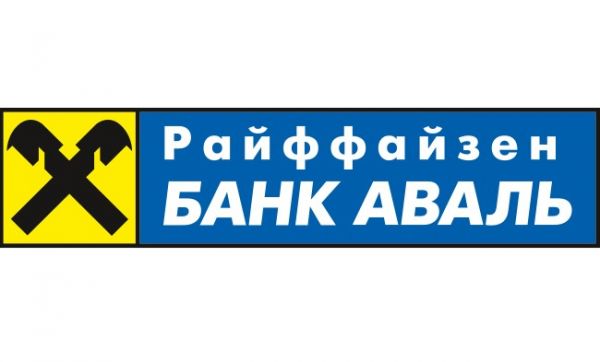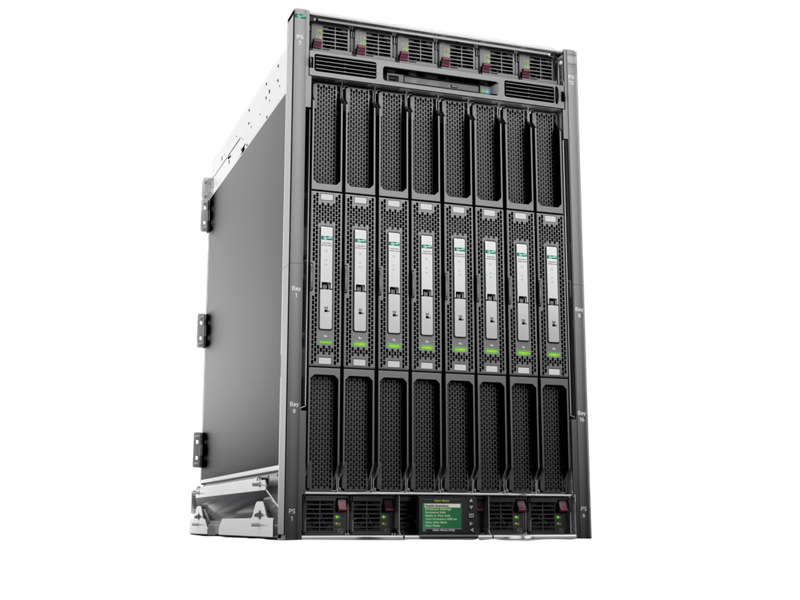
Categories
Problems that solves
Decentralized IT systems
No automated business processes
Non-compliant with IT security requirements
Complex and non-transparent business processes
Values
Ensure Security and Business Continuity
Ensure Compliance
Centralize management
HP Integrity Superdome
HP Superdome is a premium server designed and manufactured by Hewlett Packard Enterprise.
About Product
Description
HP Superdome is the family of enterprise-class high-performance servers manufactured with both the PA-8900 processors (HP 9000 family) and Intel Itanium 2 processors (HP Integrity family). Superdome is represented by three models with 16, 32 and 64 processor sockets. Within the family, there is the possibility of moving from younger models to older ones, which ensures a reduction in initial costs, investment protection and the possibility of a phased increase in system performance. Superdome is a universal hierarchical crossbar architecture specifically designed to work with various types of processors. The main components of the architecture are Cells, Crossbar Backplane, and I / O subsystems.
The cell board is the main unit of the Superdome system. It is a symmetrical multiprocessor (SMP) containing 4 processor sockets and up to 64 GB of main memory. It is possible (but not necessary) to connect to the cell its own I / O subsystem, which is an I / O basket with 12 PCI-X slots. Each cell can work in different configurations, i.e., be connected to other cells or form an independent independent server. In one system, cell boards can be combined with both PA-RISC processors and Itanium processors.
Backplane patch panels provide a non-blocking connection between cells, their associated memory, and I / O modules. The main principle underlying Superdome is the balanced performance of the system at all levels of the hierarchy in order to exclude the appearance of additional delays when the processors of one cell access the RAM located on other cells. The developed architecture allows the system to demonstrate record performance indicators for various types of tasks, such as operational transaction processing, technical calculations, processing of Internet transactions, analysis of large volumes of data, etc.
A single Superdome system can be logically divided into many hardware independent, software independent partitions, virtual machines, or resource partitions within a single server. Each hardware / software partition or virtual machine is running its own independent operating system. For cells with PA-RISC processors, the operating system is HP-UX 11i, and for cells with Itanium processors, HP-UX, Linux, Microsoft Windows 2003, and OpenVMS. To implement effective system management and technical support, the Superdome server family includes:
The cell board is the main unit of the Superdome system. It is a symmetrical multiprocessor (SMP) containing 4 processor sockets and up to 64 GB of main memory. It is possible (but not necessary) to connect to the cell its own I / O subsystem, which is an I / O basket with 12 PCI-X slots. Each cell can work in different configurations, i.e., be connected to other cells or form an independent independent server. In one system, cell boards can be combined with both PA-RISC processors and Itanium processors.
Backplane patch panels provide a non-blocking connection between cells, their associated memory, and I / O modules. The main principle underlying Superdome is the balanced performance of the system at all levels of the hierarchy in order to exclude the appearance of additional delays when the processors of one cell access the RAM located on other cells. The developed architecture allows the system to demonstrate record performance indicators for various types of tasks, such as operational transaction processing, technical calculations, processing of Internet transactions, analysis of large volumes of data, etc.
A single Superdome system can be logically divided into many hardware independent, software independent partitions, virtual machines, or resource partitions within a single server. Each hardware / software partition or virtual machine is running its own independent operating system. For cells with PA-RISC processors, the operating system is HP-UX 11i, and for cells with Itanium processors, HP-UX, Linux, Microsoft Windows 2003, and OpenVMS. To implement effective system management and technical support, the Superdome server family includes:
- Event Monitoring System (EMS), an alert service that monitors the status of server hardware, including processors, memory, FC components, system buses, cache, system temperature, battery status, fans, power supplies.
- A hardware inventory service in Support Tools Manager (STM) that provides system inventory information, including serial numbers, part numbers, version levels, and so on.
- Support Management Station (SMS), which is used to start the process of scanning, diagnostics and testing the platform throughout the life cycle, including upgrades.
Competitive products
Deployments with this product
User features
Roles of Interested Employees
Chief Executive Officer
Chief Information Officer
Chief Technical Officer
Chief IT Security Officer
